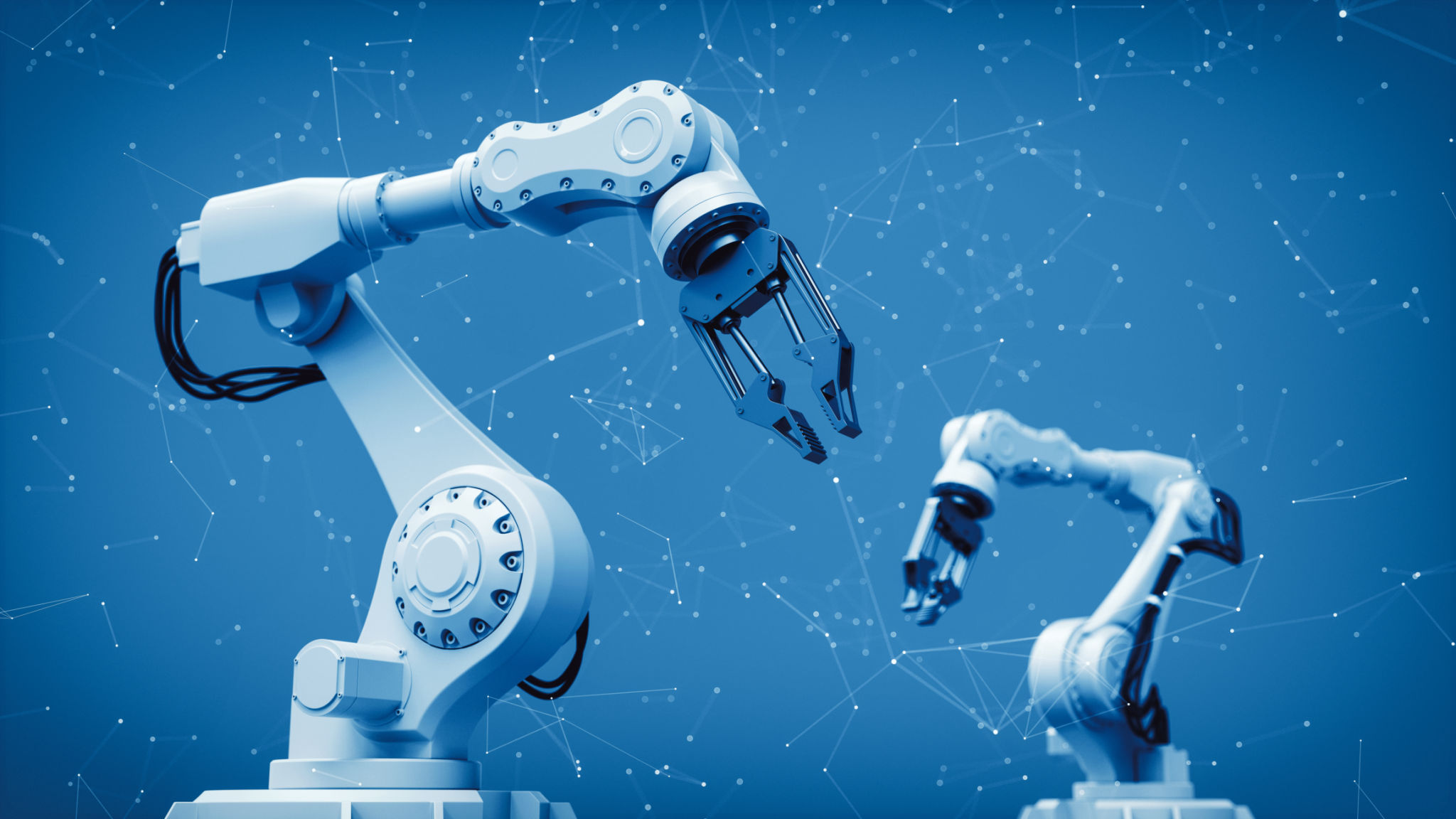Debunking Myths: Understanding Automation Technology
Introduction to Automation Technology
In today's fast-paced world, automation technology is a term that often surfaces in discussions about industry innovation and efficiency. However, this advancement is frequently misunderstood, leading to myths that can cloud its true potential. In this blog post, we aim to debunk these myths and provide a clear understanding of what automation technology truly entails.

Myth 1: Automation Leads to Job Losses
One of the most prevalent myths about automation is that it results in massive job losses. While it's true that automation can replace certain repetitive tasks, it also creates new job opportunities. The demand for skilled workers who can design, maintain, and improve automated systems is on the rise. Automation shifts the job landscape rather than eliminating it entirely. It empowers workers to focus on more complex and creative responsibilities.
Myth 2: Automation is Only for Large Corporations
Another common misconception is that automation technology is only accessible to large corporations with hefty budgets. In reality, automation solutions are becoming increasingly affordable and scalable, making them accessible to businesses of all sizes. Small and medium-sized enterprises can also benefit from automation by streamlining operations and improving efficiency, thereby leveling the playing field.

Myth 3: Automation Reduces Product Quality
Some people fear that automation may compromise the quality of products, as machines replace human oversight. However, automation technology is designed to enhance precision and consistency. Automated systems can perform tasks with high accuracy and minimal errors, often leading to improved product quality. Regular monitoring and maintenance further ensure that these systems operate at optimal levels.
The Reality of Automation Implementation
Implementing automation technology within an organization requires careful planning and strategy. It involves analyzing existing processes, identifying areas for improvement, and selecting the right technologies that align with business goals. Successful implementation often involves a phased approach, allowing businesses to adapt gradually and maximize benefits.

The Role of Human Workers in an Automated World
In an automated environment, human workers remain essential. They bring creativity, problem-solving skills, and the ability to handle complex situations that machines cannot replicate. Collaboration between humans and machines can lead to unprecedented levels of productivity and innovation. Training and upskilling workers are crucial to ensure they can thrive alongside automated systems.
Conclusion: Embracing the Future
Debunking these myths is a step towards embracing the full potential of automation technology. By understanding the realities behind these misconceptions, businesses and individuals can make informed decisions about integrating automation into their operations. As we continue to innovate, it's important to focus on how automation can complement human efforts rather than replace them.
Automation technology holds the promise of transforming industries for the better. By dispelling myths and embracing its potential, we can pave the way for more efficient, productive, and innovative futures.